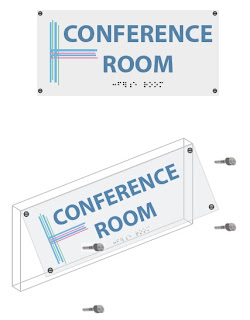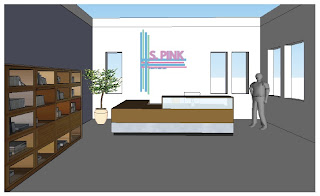For class we had to do a series of lighting photo studies.
The first two are examples of interior photos that shows reflections on the floor -
I chose these because they were just fascinating and some of which I took while I was in DC.


The next two photos are examples of vertical reflections. In the first one, the lighting from outside creates a side reflection near the doorway along the window. The second one I thought was cool because it was like a twin building because of the reflection of the angle.


These next two shows shadows entering into a space. I chose them because they each tells a story of their own. They each create a certain mystery to the image.


The last two are examples of artificial lighting. I chose the first image because of the fancy interior layout and how the the lighting created many different shadow textures. The second one is a photo I took of the Rotunda in the West Wing of the National Gallery of Art in DC.
























